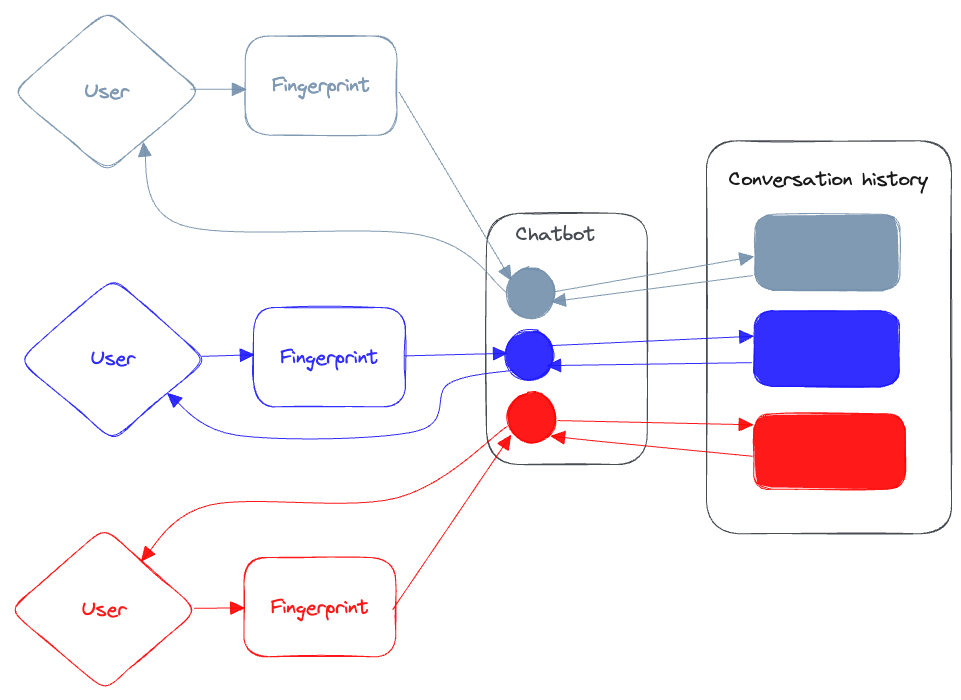StarCoder2 is a family of code generation models (3B, 7B, and 15B), trained on 600+ programming languages from The Stack v2 and some natural language text such as Wikipedia, Arxiv, and GitHub issues. The models use Grouped Query Attention, a context window of 16,384 tokens, with sliding window attention of 4,096 tokens. The 3B & 7B models were trained on 3+ trillion tokens, while the 15B was trained on 4+ trillion tokens. For more details check out the paper.
StarCoder2 is a family of open LLMs for code and comes in 3 different sizes with 3B, 7B and 15B parameters. The flagship StarCoder2-15B model is trained on over 4 trillion tokens and 600+ programming languages from The Stack v2. All models use Grouped Query Attention, a context window of 16,384 tokens with a sliding window attention of 4,096 tokens, and were trained using the Fill-in-the-Middle objective.
StarCoder2 offers three model sizes: a 3 billion-parameter model trained by ServiceNow, a 7 billion-parameter model trained by Hugging Face, and a 15 billion-parameter model trained by NVIDIA using NVIDIA NeMo on NVIDIA accelerated infrastructure:


